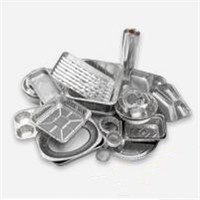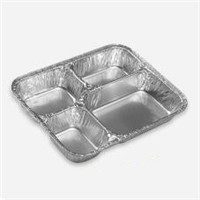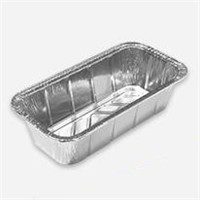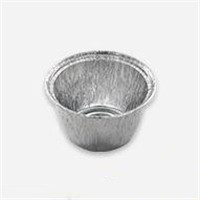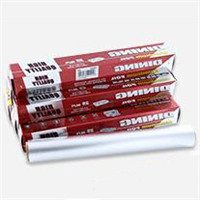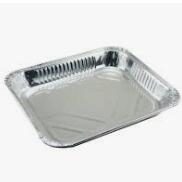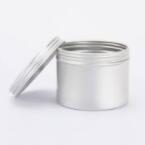After the metal substrate is printed, it has to go through a forming process individually. In the forming process of metal products, it is divided into:
1. Stamping process, metal packaging containers, whether it is a box or a can, from the perspective of the forming process, most of them are formed by using the principle of tinplate stamping through two major processes of fire separation and plastic deformation.
Separation process is a stamping method that separates the stamping part and the sheet material from each other along the requested contour and obtains a certain section quality. The decibel process includes cutting, blanking, punching, notching, trimming and other operations.
The plastic deformation process is a method to make the stamping blank undergo plastic deformation without being damaged, and to obtain the specified appearance and size specifications. The common ones are divided into three categories: stretching, zigzag, and forming. The important thing about stretching is deep drawing and thinning; bending includes bending, crimping, distortion, bending, rolling, drawing bending, etc.; there are many forming methods, including turning, flanging, flaring, and shrinking. Mouth, forming, crimping, shaping, proofreading and other operations.
2. Canning process. The traditional production method of metal packaging cans is: cutting the iron sheet material into a long square, and then rolling the iron sheet material into a cylinder (that is, the cylinder) and then soldering the resulting longitudinal bonding line to form a seal. One end of the cylinder (I.e. the bottom of the tank) and the round end cap are mechanically flanged and rolled to seal the can body; the other end is sealed after the product is loaded, because the container is composed of the bottom, the body, and the lid. Composition, also known as three-piece cans.
In the early 1970s, a new can-making principle appeared. The body and the bottom of the can are a whole, which is stamped from a round iron block and sealed after being filled into the product to form a two-piece can. There are two forming methods for this kind of can: stamping-thinning and drawing method (that is, punching) and stamping-(that is, deep drawing). These techniques themselves are not new technologies. The punching and drawing method has been used to make bullet casings as early as World War I. The difference in can making is the use of metal and the high speed of consumption.
Manufacture of three-piece cans: The manufacturing process is: use a shearing machine to cut the coiled material into rectangular plates; paint and decorate and print; cut into a long blank: roll into a cylinder and weld the side seams; repair the joints and coating; Cutting the cylinder; creating grooves or corrugations; pressing out flanges at both ends; rolling the bottom cover; testing and stacking on the pallet.



